Home>Fans, Heaters & Lighting>What Costs More: Space Heater Or Furnace?
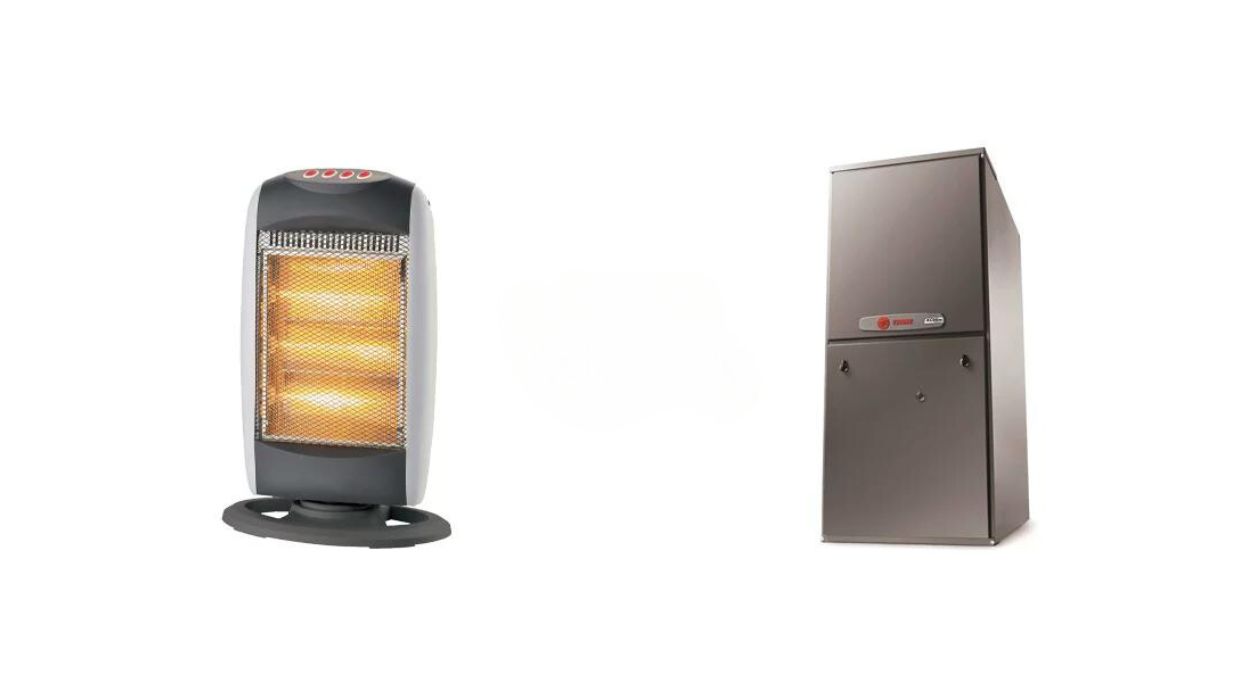

Fans, Heaters & Lighting
What Costs More: Space Heater Or Furnace?
Modified: September 2, 2024
Discover which costs more between a space heater and a furnace. Read our articles for an insightful comparison and make an informed decision.
(Many of the links in this article redirect to a specific reviewed product. Your purchase of these products through affiliate links helps to generate commission for Storables.com, at no extra cost. Learn more)
Introduction
When it comes to heating your home, there are several options available, with space heaters and furnaces being two popular choices. Both appliances serve the purpose of providing warmth during colder months, but they differ in terms of cost, energy efficiency, heating capacity, installation process, and maintenance requirements. In this article, we will compare the costs of space heaters and furnaces to help you decide which option is more suitable for your needs.
A space heater is a portable device designed to heat a small area, such as a room or office. It typically operates using electricity, propane, or natural gas. In contrast, a furnace is a central heating system that is permanently installed in a house or building. Furnaces are usually powered by electricity, natural gas, or oil, and they distribute warm air through a system of ducts and vents.
One of the main considerations when choosing between a space heater and a furnace is the initial cost. Space heaters tend to be more affordable, with prices ranging from $30 to $150, depending on the type and features. On the other hand, furnaces are more expensive, with costs ranging from $2,500 to $6,000, including installation. However, it is important to note that while space heaters have a lower upfront cost, they are typically used as a supplemental heat source and may not be suitable as the primary heating system for larger areas or entire houses.
Another important factor to consider is the operating cost. Space heaters are known to consume more energy and can significantly impact your electric or gas bill. Furnaces, on the other hand, are designed to efficiently heat larger spaces and are usually more energy-efficient in the long run. They are equipped with advanced technologies that help regulate temperature and minimize energy waste.
In terms of energy efficiency, furnaces have a clear advantage. Modern furnaces are required to meet certain energy efficiency standards, such as the Annual Fuel Utilization Efficiency (AFUE) rating. This rating indicates the percentage of fuel that is converted into usable heat. Most furnaces on the market today have an AFUE rating of at least 80%, meaning that they convert 80% of the fuel into heat, while the remaining 20% is lost through exhaust gases. Space heaters, however, typically do not have a standardized efficiency rating, and their energy efficiency can vary depending on the model and fuel type used.
Key Takeaways:
- Furnaces offer a comprehensive heating solution for larger spaces, with centralized heating, even temperature distribution, and lower operating costs. They are a long-term investment for efficient and environmentally friendly heating.
- Space heaters provide convenient and portable supplemental heating for smaller areas, but may have higher operating costs, limited heating capacity, and shorter lifespans. Safety precautions and proper usage are crucial.
Definition of Space Heater
A space heater is a portable heating device that is used to warm up a specific area, such as a room or office. It is designed to provide localized heat and is typically used as a supplemental heating source. Space heaters come in various shapes and sizes, from compact electric heaters to larger propane or natural gas-fueled models.
Space heaters work by converting electrical energy or fuel into heat. Electric space heaters use an electric heating element, such as a coil or ceramic plate, to generate warmth. The electricity flows through the heating element, which becomes hot and radiates heat into the surrounding area. On the other hand, fuel-powered space heaters, such as gas or propane heaters, utilize combustion to produce heat. The fuel is ignited, and the resulting flame heats up a series of metal components or a heat exchanger, which then transfers the heat to the surrounding air.
Space heaters offer convenience and versatility, as they can be easily moved from one room to another, depending on where heat is needed most. They are often equipped with features like adjustable thermostats, timers, and built-in safety mechanisms to ensure optimal comfort and safety. Some space heaters also come with oscillation functions, allowing them to distribute heat evenly across a room.
There are several types of space heaters available, each with its own advantages and limitations:
- Electric Space Heaters: These are the most common type of space heaters. They are easy to use, generate heat quickly, and do not require any ventilation. Electric heaters are available in different forms, such as convection heaters, radiant heaters, and ceramic heaters.
- Propane Space Heaters: Propane heaters are fueled by propane gas and are commonly used in outdoor or well-ventilated areas. They provide instant heat and are often preferred for their portability and high heat output.
- Natural Gas Space Heaters: These heaters are connected to a natural gas supply line and are typically installed as a permanent heating solution. They are more energy-efficient compared to other fuel-powered space heaters.
- Kerosene Space Heaters: Kerosene heaters are often used in areas where electricity or natural gas is not readily available. They require proper ventilation due to the release of combustion byproducts.
- Infrared Space Heaters: Infrared heaters emit infrared radiation, which heats up objects directly without heating the surrounding air. They are efficient and provide instant warmth, making them ideal for quick heating.
When choosing a space heater, it is important to consider factors such as heating capacity, energy efficiency, safety features, and the specific heating requirements of the area you wish to warm. It is also essential to follow the manufacturer’s instructions and adhere to safety guidelines to prevent accidents or hazards.
Definition of Furnace
A furnace is a central heating system that is designed to heat an entire house or building. It is a permanent installation that distributes warm air throughout the space using a system of ducts and vents. Furnaces are commonly powered by electricity, natural gas, oil, or propane, depending on the availability and preference of the homeowner.
Furnaces operate by burning fuel or using electrical resistance to generate heat. In a gas or oil furnace, the fuel is ignited and burned in a combustion chamber. The heat produced from the combustion process is transferred to a heat exchanger, which then warms up the air that passes over it. This heated air is pushed through the ductwork by a blower or fan, delivering warmth to every room through supply vents. Return vents then carry the cooler air back to the furnace to be reheated.
Electric furnaces, on the other hand, use electrical resistance to produce heat. Electric currents pass through heating elements, which become hot and transfer heat to the surrounding air. This heated air is then circulated throughout the building via the duct system.
Furnaces offer several advantages over space heaters. They are capable of heating larger areas more efficiently and evenly. With a properly sized furnace, every room in the house can reach a comfortable temperature, eliminating cold zones. Furnaces also allow for the control of indoor climate, with thermostats regulating the temperature based on desired settings.
There are different types of furnaces available, depending on the fuel source and heating method:
- Gas Furnaces: These are the most common type of furnaces, fueled by natural gas or propane. Gas furnaces are highly efficient and provide quick, even heating. They are generally less expensive to operate compared to other fuel types.
- Oil Furnaces: Oil furnaces use heating oil as the fuel source. They are often found in areas where natural gas is not readily available. Oil furnaces require a storage tank and regular fuel deliveries.
- Electric Furnaces: Electric furnaces use electrical resistance to generate heat. They are typically more expensive to operate compared to gas or oil furnaces, but they offer the advantage of being cleaner and safer as there is no combustion involved.
When choosing a furnace, factors such as fuel availability, energy efficiency, heating capacity, and cost should be taken into consideration. It is important to select a furnace with the appropriate size and efficiency rating to ensure optimal performance and energy savings.
Regular maintenance and inspections are crucial for the proper functioning of a furnace. This includes cleaning or replacing air filters, checking fuel connections, and ensuring proper ventilation to prevent the buildup of carbon monoxide or other hazards. By properly maintaining a furnace, it can provide reliable and efficient heating for many years.
Comparison of Initial Cost
When it comes to the initial cost, space heaters tend to be more affordable compared to furnaces. The price range for space heaters varies depending on the type and features, but they generally range from $30 to $150. On the other hand, furnaces are more expensive, with costs ranging from $2,500 to $6,000, including installation.
Space heaters have a lower upfront cost because they are designed to provide localized heat for smaller areas. They are often used as a supplemental heating source rather than the primary heating system for larger spaces or entire houses. Due to their portability and compact size, space heaters are more cost-effective for warming up specific rooms or targeted areas where heat is needed most.
On the contrary, furnaces are a substantial investment as they are designed to heat an entire house or building. The cost of a furnace includes the unit itself, installation, and any necessary ductwork or ventilation. However, furnaces offer the benefit of providing consistent and centralized heat throughout the entire space, which makes them more cost-effective in the long run.
When comparing the initial cost, it’s important to consider the heating needs of your household. If you only require occasional or supplemental heating in specific rooms, a space heater may be a more cost-efficient option. However, if you need to heat a larger area or your entire home, investing in a furnace is necessary to provide adequate and consistent warmth.
It’s worth noting that while space heaters have a lower initial cost, they may require additional expenses if you plan to use them as the primary heating source. This can include purchasing multiple space heaters for different rooms, which can add up over time.
Furthermore, the installation costs associated with furnaces are typically higher due to the complexity of the process. Professional installation is recommended to ensure proper functioning and safety. However, investing in a furnace can contribute to the overall value and comfort of your home, making it a worthwhile expense in the long term.
Consider your heating needs, budget, and long-term goals when deciding between a space heater and a furnace. While space heaters may seem more cost-effective initially, furnaces provide a comprehensive heating solution that can improve the overall efficiency and comfort of your home.
Comparison of Operating Cost
When comparing the operating costs of space heaters and furnaces, several factors come into play, including the type of fuel, energy efficiency, and heating capacity. Space heaters tend to have higher operating costs compared to furnaces, primarily due to their limited heating capacity and lower energy efficiency.
Space heaters are known to consume more energy, especially electric models, which can significantly impact your electric bill. They are designed to provide localized heat and are typically used to supplement the main heating system or heat small areas. While space heaters offer convenience and portability, their energy consumption can be quite high, especially if used for extended periods or in larger rooms.
Furnaces, on the other hand, are designed to heat larger spaces efficiently. They are equipped with advanced technologies and systems that help regulate temperature and minimize energy waste. Modern furnaces are required to meet certain energy efficiency standards, such as the Annual Fuel Utilization Efficiency (AFUE) rating. Most furnaces on the market today have an AFUE rating of at least 80%. This means that they convert 80% of the fuel they consume into usable heat, while the remaining 20% is lost through exhaust gases.
In terms of fuel efficiency, gas furnaces tend to have lower operating costs compared to electric space heaters. Natural gas prices are generally lower than electricity rates, making gas furnaces more cost-effective in the long run. However, the operating cost can vary depending on factors such as fuel prices, insulation levels, and thermostat settings.
It’s important to note that while gas furnaces may have lower operating costs, they have higher initial costs compared to electric space heaters. The upfront expense of installing a gas furnace includes the cost of the unit, professional installation, and any necessary ductwork or ventilation. Electric space heaters, on the other hand, have lower upfront costs but may consume more energy, leading to higher operating costs.
When considering the operating cost, it’s crucial to evaluate your specific heating needs. If you require supplemental heating for small areas or specific rooms, space heaters may be a convenient option despite their higher operating costs. However, for heating larger spaces or your entire home, a furnace is a more cost-effective choice in the long run due to its efficiency and ability to provide centralized heating.
Ultimately, it is recommended to compare the energy efficiency and operating costs of different heating options based on your specific requirements and the size of the space you need to heat. Additionally, considering the fluctuation in fuel prices, it’s essential to factor in the potential long-term cost savings and energy efficiency of furnaces when making a decision.
Comparison of Energy Efficiency
When comparing the energy efficiency of space heaters and furnaces, it is evident that furnaces have a clear advantage. Furnaces are designed to heat larger spaces efficiently and are equipped with advanced technologies that help regulate temperature and minimize energy waste.
Modern furnaces are required to meet certain energy efficiency standards, such as the Annual Fuel Utilization Efficiency (AFUE) rating. The AFUE rating indicates the percentage of fuel that is converted into usable heat. Most furnaces on the market today have an AFUE rating of at least 80%, meaning that they convert 80% of the fuel they consume into heat, while the remaining 20% is lost through exhaust gases. Some high-efficiency furnaces can achieve AFUE ratings of 90% or higher.
Space heaters, on the other hand, typically do not have a standardized efficiency rating, and their energy efficiency can vary depending on the model and fuel type used. Electric space heaters are generally more efficient compared to fuel-powered heaters because they convert most of the electrical energy into heat. However, the efficiency of space heaters decreases as the size of the area to be heated increases.
One of the reasons why furnaces are more energy-efficient is because they are designed to heat larger areas. They distribute warm air through a system of ducts and vents, ensuring that heat is evenly distributed throughout the entire space. This eliminates cold spots and reduces the need for additional heating sources. Furnaces can also be equipped with programmable thermostats, allowing users to set specific temperature schedules and avoid unnecessary energy consumption.
Space heaters, on the other hand, are designed for localized heating, providing warmth to specific rooms or targeted areas. They are not as efficient when it comes to heating larger spaces or multiple rooms. In addition, space heaters often require running at high power levels for extended periods to maintain the desired temperature. This can result in higher energy consumption and less energy efficiency compared to central heating systems like furnaces.
It’s important to note that energy efficiency not only affects your utility bill but also has an impact on the environment. High-efficiency furnaces release fewer greenhouse gas emissions compared to space heaters, especially those powered by fossil fuels. Investing in an energy-efficient furnace can help reduce your carbon footprint and contribute to a more sustainable future.
When considering the energy efficiency of different heating options, it is essential to assess your heating needs and the size of the space you need to heat. If you require supplemental heating for smaller areas or specific rooms, space heaters can be a convenient option. However, for heating larger spaces or your entire home, a furnace with its centralized heating and higher energy efficiency is a more suitable choice.
Comparison of Heating Capacity
When comparing the heating capacity of space heaters and furnaces, furnaces have a clear advantage in terms of their ability to heat larger spaces more effectively and efficiently. Furnaces are designed to provide centralized heating for an entire house or building, while space heaters are typically used to heat smaller areas or as supplemental heating sources.
Furnaces are capable of generating and distributing a significant amount of heat throughout the entire space. They utilize powerful blowers or fans to push warm air through a network of ducts and vents, delivering heat evenly to every room. This allows for consistent and comfortable temperatures throughout the entire area, eliminating cold spots and ensuring a comfortable living environment.
Space heaters, on the other hand, are designed to provide localized heat. They are most effective in heating small areas or specific rooms, such as bedrooms, offices, or living rooms. The heating capacity of space heaters is limited by their size and power output. While they can effectively warm up smaller areas, they may struggle to provide sufficient heat for larger spaces or multiple rooms.
The heating capacity of space heaters is measured in British Thermal Units (BTUs) or wattage. Depending on the model and type, space heaters can range from a few hundred to a few thousand BTUs or watts. It’s important to choose a space heater with an appropriate heating capacity for the area you need to heat. Using an underpowered space heater for a larger space will result in inefficient and ineffective heating.
Furnaces, on the other hand, are typically sized and installed to match the heating requirements of the entire space they are meant to serve. The heating capacity of a furnace is measured in terms of BTUs or kilowatts. A professional HVAC technician can assess your heating needs and recommend the appropriate furnace size based on factors such as the size of the space, insulation levels, and climate conditions.
Another aspect to consider when comparing heating capacity is the ability to maintain a consistent temperature. Furnaces, with their centralized heating system, are designed to regulate and maintain a steady temperature throughout the entire space. They can be programmed to provide the desired temperature at different times of the day, ensuring comfort and energy efficiency.
Space heaters, on the other hand, require manual adjustment of temperature settings and are better suited for short-term heating needs or targeted heating of specific areas. They may struggle to maintain a consistent temperature in larger spaces or multiple rooms.
When deciding between a space heater and a furnace, it is crucial to consider your heating needs and the size of the area you need to heat. If you only require heating for smaller areas or supplemental heat in specific rooms, a space heater may be sufficient. However, for heating larger spaces or your entire home, a furnace with its greater heating capacity and ability to distribute heat evenly is the more suitable option.
When comparing the cost of a space heater and a furnace, consider the long-term energy efficiency and heating capacity. While a space heater may be cheaper upfront, a furnace can provide more consistent and cost-effective heating for larger spaces over time.
Comparison of Installation Process
When comparing the installation process of space heaters and furnaces, it is evident that furnaces require a more complex and involved installation compared to space heaters. Furnace installation involves several steps and may require professional assistance, while space heaters can be easily set up by homeowners without the need for professional installation.
Space heaters are portable devices that can be plugged into a standard electrical outlet or fuel source. The installation process typically involves placing the heater in the desired location, ensuring proper ventilation (if applicable), and connecting it to the power source. Some space heaters may come with mounting brackets or stands for added stability and safety. Overall, the installation process for space heaters is straightforward and can be done by homeowners without any technical expertise.
On the other hand, furnace installation requires a more involved process and often requires professional assistance. Here are the general steps involved in furnace installation:
- Assessment: A professional HVAC technician assesses the heating needs of the space and determines the appropriate furnace size and type based on factors such as square footage, insulation, and climate conditions.
- Preparation: The technician prepares the area where the furnace will be installed, such as clearing space, ensuring proper ventilation, and making any necessary modifications to the ductwork or ventilation system.
- Installation: The furnace is positioned and securely mounted in the designated space, ensuring proper clearances and alignment with the ductwork and ventilation system. Connections for electrical power, fuel supply, and ductwork are made, and any necessary seals or insulation are applied.
- Testing and Calibration: Once the installation is complete, the technician tests the furnace to ensure proper functioning and efficiency. This includes checking for any leaks, calibrating the thermostat, and confirming the flow of warm air through the ducts.
- Instruction and Safety: The technician provides the homeowner with instructions on how to operate and maintain the furnace, as well as important safety considerations. This includes regular filter changes, carbon monoxide detector installation, and general safety guidelines.
Furnace installation typically requires professional expertise due to the complexity and potential safety hazards involved. Professional installation ensures that the furnace is properly sized, correctly installed, and safely connected to the electrical and fuel systems. Additionally, professional installation may be required to maintain warranty coverage for the furnace.
Space heaters, on the other hand, do not require professional installation and can be easily set up by the homeowner. However, it is still important to follow the manufacturer’s instructions for proper use and positioning of the space heater. This includes ensuring proper clearances and avoiding any potential fire hazards.
It’s worth noting that for any type of heating appliance, whether it be a space heater or a furnace, proper maintenance is essential to ensure optimal performance and safety. Regular inspections, cleaning, and filter changes are necessary to maintain efficiency and prevent any potential issues.
Considering the installation process is crucial when deciding between a space heater and a furnace. If you prefer a simple and straightforward installation process, and only require heating for specific areas, a space heater may be the more suitable option. However, if you need to heat a larger space or your entire home, and value professional installation and long-term reliability, a furnace is the recommended choice.
Comparison of Maintenance and Lifespan
When comparing the maintenance and lifespan of space heaters and furnaces, there are significant differences to consider. Furnaces generally require more maintenance and have a longer lifespan compared to space heaters.
Space heaters typically have a shorter lifespan compared to furnaces. Depending on the usage and quality of the unit, space heaters generally last between 5 to 10 years. This is partly due to their portable and lightweight nature, which makes them more prone to wear and tear. Additionally, space heaters are often used as supplemental heating sources and may be used more frequently, resulting in higher usage and potential for mechanical issues to arise.
In terms of maintenance, space heaters require relatively minimal upkeep. Maintenance typically involves regular cleaning of the unit, including wiping down the exterior, cleaning the heating elements or combustion components, and replacing any worn-out parts. It is also important to regularly check the power cord and plug for any signs of damage or wear. Following manufacturer instructions and safety guidelines is crucial to ensure safe and efficient operation. Regular maintenance can help extend the lifespan of a space heater and prevent malfunctions or safety hazards.
On the other hand, furnaces typically have a longer lifespan, ranging from 15 to 30 years, depending on the quality of the unit, regular maintenance, and usage patterns. Furnaces are designed for more consistent and continuous use and are often installed as permanent heating systems for homes or buildings. With proper care and regular maintenance, a furnace can provide reliable heating for many years.
Maintenance for furnaces is more involved compared to space heaters due to their complexity and larger size. Regular maintenance tasks for furnaces include cleaning or replacing air filters on a regular basis, checking and cleaning combustion components, inspecting and tightening electrical connections, lubricating moving parts, and checking for any leaks or exhaust issues. Annual professional inspections and tune-ups are also recommended to ensure optimal performance and identify any potential issues before they become major problems.
It’s important to note that regular maintenance is not only necessary for the longevity of the furnace but also for safety reasons. Well-maintained furnaces are less likely to experience malfunctions that can lead to carbon monoxide leaks or other hazards.
When considering maintenance and lifespan, it’s important to factor in the costs and efforts associated with upkeep. Space heaters are generally more affordable and require minimal maintenance, but they have a shorter lifespan. Furnaces, on the other hand, have a higher upfront cost and require more regular maintenance, but they have a longer lifespan and can provide more reliable and consistent heating.
Ultimately, the choice between a space heater and a furnace should take into account the heating needs of your space, the level of maintenance you are willing to commit to, and your long-term goals to ensure optimal comfort and longevity of the heating system.
Safety Considerations for Space Heaters
While space heaters can provide localized warmth and convenience, it is important to keep in mind certain safety considerations to ensure their safe and effective use. Follow these safety guidelines when using a space heater:
- Read and follow manufacturer’s instructions: Always carefully read and adhere to the manufacturer’s instructions before operating the space heater. This includes proper setup, usage guidelines, and any safety precautions.
- Keep flammable materials away: Clear the area around the space heater of any flammable materials such as curtains, furniture, bedding, or clothing. Maintain a minimum clearance of at least three feet to prevent the risk of fire.
- Use on a stable surface: Place the space heater on a stable and level surface to prevent it from tipping over. Avoid placing it on uneven or unstable surfaces that can lead to accidents or damage to the heater or surrounding area.
- Plug directly into a wall outlet: Always plug space heaters directly into a wall outlet and avoid using extension cords or power strips, as they can overheat and create a fire hazard. Ensure that the outlet can handle the electrical load of the heater.
- Avoid using in wet or humid areas: Space heaters should never be used in damp or wet areas, such as bathrooms or basements unless specifically designed for such environments. Moisture can damage the heater and increase the risk of electric shock or short-circuiting.
- Supervise when in use: Never leave a space heater unattended, especially when children or pets are present. Keep a watchful eye on the heater and turn it off when leaving the room or going to bed.
- Install smoke and carbon monoxide detectors: Ensure that your home has properly functioning smoke detectors and carbon monoxide detectors installed near the space heater and throughout the house. These detectors can provide an early warning in the event of smoke or a buildup of carbon monoxide.
- Avoid overheating: Do not leave the space heater running for extended periods or while you are asleep. Overheating can result in the malfunctioning of the heater and pose a fire hazard. Follow the recommended usage and time limits as stated by the manufacturer.
- Properly ventilate if using a fuel-powered heater: If using a fuel-powered space heater, such as a propane or kerosene heater, ensure that the room is properly ventilated. These heaters release combustion byproducts like carbon monoxide, which can be dangerous if not adequately vented.
- Regularly inspect for damage: Routinely check the space heater for any signs of damage, such as frayed wires, loose components, or cracked casings. Discontinue use if any damages are found and have them repaired or replaced by a professional.
Following these safety guidelines can help prevent accidents, fires, and other potential hazards associated with space heater use. It is important to prioritize safety and exercise caution to ensure a warm and secure environment.
Safety Considerations for Furnaces
When it comes to the safe and efficient operation of a furnace, there are several important safety considerations to keep in mind. By taking the necessary precautions, you can ensure the well-being of your household and prevent potential hazards. Here are some safety guidelines to follow when using a furnace:
- Professional installation: Proper furnace installation is crucial for safety. It is highly recommended to have a qualified HVAC technician perform the installation to ensure that the furnace is correctly sized, properly vented, and connected to the electrical and fuel systems according to local building codes and manufacturer’s specifications.
- Regular maintenance: Schedule annual professional inspections and maintenance of your furnace to ensure it operates at optimal efficiency and safety. This includes cleaning or replacing air filters, checking for leaks or cracks in the heat exchanger, inspecting and cleaning the combustion and ventilation system, and verifying proper thermostat calibration.
- Ensure proper ventilation: Furnaces produce combustion byproducts, including carbon monoxide (CO), which can be deadly if not adequately vented. Ensure that all ducts and venting systems are properly installed and free from any blockages or damage. Install carbon monoxide detectors near bedrooms and other areas where people spend a significant amount of time.
- Avoid blocking air intakes and vents: Make sure that air intakes and exhaust vents for your furnace are not obstructed by furniture, boxes, or other objects. Adequate airflow is essential for proper combustion and ventilation, so ensure that these areas are clear to prevent potential issues.
- Keep flammable materials away: Keep flammable materials, such as clothing, papers, and chemicals, away from the furnace. Maintain a clear space around the furnace, following recommended clearance distances specified by the manufacturer or installation guidelines.
- Test and maintain smoke detectors: Make sure your home is equipped with functioning smoke detectors. Regularly test the detectors, replace batteries as needed, and ensure they are strategically placed throughout the house, particularly near sleeping areas.
- Address unusual odors or sounds: If you notice unusual odors, such as a strong smell of gas, or hear strange sounds coming from your furnace, immediately turn off the furnace and contact a professional technician to inspect and address the issue. Unusual odors or sounds can be signs of potential problems or malfunctions.
- Properly store combustible materials: If you have a furnace that runs on oil or propane, ensure that fuel storage tanks or containers are properly maintained and stored in accordance with local regulations. Regularly check for leaks or signs of corrosion and address any issues promptly.
- Educate household members about emergency procedures: Instruct all household members on what to do in case of a furnace-related emergency, such as a gas leak or carbon monoxide detection. Ensure that everyone knows how to safely shut off the furnace, leave the area, and call for professional assistance.
By following these safety considerations, you can help maintain a safe and efficient furnace operation. It is important to prioritize regular maintenance, proper installation, and awareness of potential hazards to create a warm and secure environment for your household.
Environmental Impact of Space Heaters
When considering the environmental impact of space heaters, it is important to assess their energy source and efficiency, as well as any associated emissions or waste. Here are some factors to consider:
- Fuel type: The fuel type used by a space heater greatly impacts its environmental impact. Electric space heaters, although they don’t produce direct emissions, rely on the electricity grid for power. If the electricity comes from renewable sources, the environmental impact can be minimized. However, if the electricity is generated from fossil fuels, such as coal or natural gas, the indirect emissions associated with electricity production become a concern.
- Energy efficiency: The energy efficiency of a space heater plays a significant role in its environmental impact. Higher energy-efficient models will convert more of the fuel or electricity into usable heat, reducing energy waste and overall emissions. Look for space heaters with energy-saving features and high energy efficiency ratings, such as Energy Star certified models.
- Heat distribution: Space heaters are designed to provide localized heat, which can be both an advantage and a disadvantage from an environmental standpoint. While they can efficiently warm up specific areas, they may be inadequate for heating larger spaces or whole houses. The use of multiple space heaters to cover larger areas may result in higher energy consumption.
- Waste and disposal: Space heaters have a relatively short lifespan, ranging from 5 to 10 years, after which they may contribute to electronic waste. Proper disposal of old or broken space heaters is important to minimize their environmental impact. Look for recycling programs or facilities that accept electronic waste in your area.
- Indoor air quality: Some space heaters, particularly those that use fuel sources like propane or kerosene, may produce indoor air pollutants, such as carbon monoxide or volatile organic compounds (VOCs). These pollutants can have detrimental effects on indoor air quality and human health. It is important to choose space heaters with appropriate safety mechanisms and proper ventilation to minimize the release of these pollutants.
To mitigate the environmental impact of space heaters, consider the following actions:
- Opt for energy-efficient models with high heating capacity to reduce energy consumption.
- Select space heaters that utilize renewable energy sources or use electricity from renewable sources.
- Use space heaters judiciously and turn them off when not needed to minimize energy waste.
- Consider using space heaters as a supplemental heating source in combination with central heating systems.
- Ensure proper maintenance and care of space heaters to prolong their lifespan and reduce electronic waste.
- Monitor indoor air quality and ensure adequate ventilation when using fuel-powered space heaters.
- Explore other heating options, such as heat pumps, radiant floor heating, or zone heating, which may offer more energy-efficient and environmentally friendly alternatives to space heaters.
By considering the environmental impact of space heaters and taking steps to minimize energy consumption and emissions, you can make more sustainable choices and contribute to a greener future.
Environmental Impact of Furnaces
When considering the environmental impact of furnaces, several factors come into play, including fuel type, energy efficiency, emissions, and resource consumption. Here are some key points to consider:
- Fuel type: The choice of fuel used by a furnace greatly impacts its environmental impact. Furnaces can be powered by natural gas, oil, propane, or electricity. Natural gas is generally considered the cleanest-burning fossil fuel, emitting fewer greenhouse gases and pollutants compared to oil or coal. Propane is also a relatively clean-burning fuel. Oil-fired furnaces tend to produce more emissions and require careful handling and disposal of oil. Electric furnaces, however, rely on the electricity grid for power, and their environmental impact depends on the energy source behind that grid.
- Energy efficiency: The energy efficiency of a furnace is an important consideration for its environmental impact. Furnaces with higher energy efficiency ratings, such as those with an Annual Fuel Utilization Efficiency (AFUE) rating of 90% or higher, convert a larger percentage of fuel or electricity into usable heat, reducing waste and emissions. High-efficiency furnaces are designed to extract more heat from the same amount of fuel, resulting in cost savings and reduced environmental impact.
- Emissions and pollutants: Combustion of fuel in furnaces can release greenhouse gases, such as carbon dioxide (CO2), as well as other pollutants, including nitrogen oxides (NOx) and sulfur oxides (SOx). The type of fuel used and the combustion process impact the emissions profile of the furnace. Gas-fired and propane furnaces generally emit lower levels of pollutants compared to oil-fired furnaces. Regular maintenance, such as cleaning and tuning, can also help reduce emissions and ensure optimal performance.
- Resource consumption: Furnaces require energy and resources for their operation, including fuel, electricity, and materials used in manufacturing. Choosing a furnace with higher energy efficiency can reduce the overall resource consumption and minimize the environmental impact associated with fuel extraction, production, and transportation.
To reduce the environmental impact of furnaces, consider the following actions:
- Choose a high-efficiency furnace with a high AFUE rating to reduce energy waste and emissions.
- Opt for furnaces that use cleaner-burning fuels, such as natural gas or propane, over oil-fired furnaces.
- Regularly maintain and tune the furnace to ensure it operates efficiently and reduces emissions.
- Consider alternative heating options, such as heat pumps or geothermal systems, which can be more energy-efficient and have lower environmental impact.
- Upgrade to programmable or smart thermostats to optimize heating settings and reduce energy consumption.
- Explore renewable energy options, such as solar or wind power, to offset the environmental impact of furnace operation.
- Consider other energy-saving measures, such as improving insulation, sealing air leaks, and properly sizing and maintaining ductwork, to reduce heating demands and improve overall energy efficiency.
By making informed choices, selecting high-efficiency furnaces, and adopting energy-saving measures, you can significantly reduce the environmental impact of furnaces while enjoying the comfort and warmth they provide.
Conclusion
When considering whether to choose a space heater or a furnace, it is essential to weigh various factors, including cost, energy efficiency, heating capacity, installation process, maintenance requirements, and environmental impact. Both options have their advantages and considerations, and the decision ultimately depends on your heating needs, budget, and long-term goals.
Space heaters are more affordable upfront and offer convenience and portability. They are suitable for supplemental heating in smaller areas or targeted spaces. However, they often have higher operating costs, limited heating capacity, and shorter lifespans. Safety precautions, such as proper placement, ventilation, and monitoring for potential hazards, must be followed when using space heaters.
Furnaces, on the other hand, provide a comprehensive heating solution for entire homes or larger spaces. While they have higher upfront costs and require professional installation, furnaces offer centralized heating, even temperature distribution, higher energy efficiency, and longer lifespans. Furnaces also have lower operating costs, especially gas-fired models, and can be more environmentally friendly, depending on the fuel source and energy efficiency.
The choice between a space heater and a furnace depends on your heating needs and preferences. If you require supplemental heating for smaller areas or targeted spaces on a budget, a space heater may be a suitable choice. However, if you need to heat larger spaces or your entire home efficiently and are looking for a long-term heating solution, a furnace is recommended.
Regardless of which option you choose, it is crucial to prioritize safety and maintain regular maintenance. Follow manufacturer instructions, adhere to safety guidelines, perform regular upkeep, and consider energy-saving measures to ensure optimal performance, efficiency, and safety.
Lastly, always consider the environmental impact of your heating choice. Explore energy-efficient models, look for high energy efficiency ratings, and consider cleaner-burning fuel options. Minimize energy waste, properly maintain your heating system, and consider renewable energy alternatives to reduce your carbon footprint and contribute to a more sustainable future.
By carefully evaluating your heating needs and considering the various factors discussed in this article, you can make an informed decision and select the heating option that best suits your requirements, while keeping costs, efficiency, safety, and the environment in mind.
Frequently Asked Questions about What Costs More: Space Heater Or Furnace?
Was this page helpful?
At Storables.com, we guarantee accurate and reliable information. Our content, validated by Expert Board Contributors, is crafted following stringent Editorial Policies. We're committed to providing you with well-researched, expert-backed insights for all your informational needs.
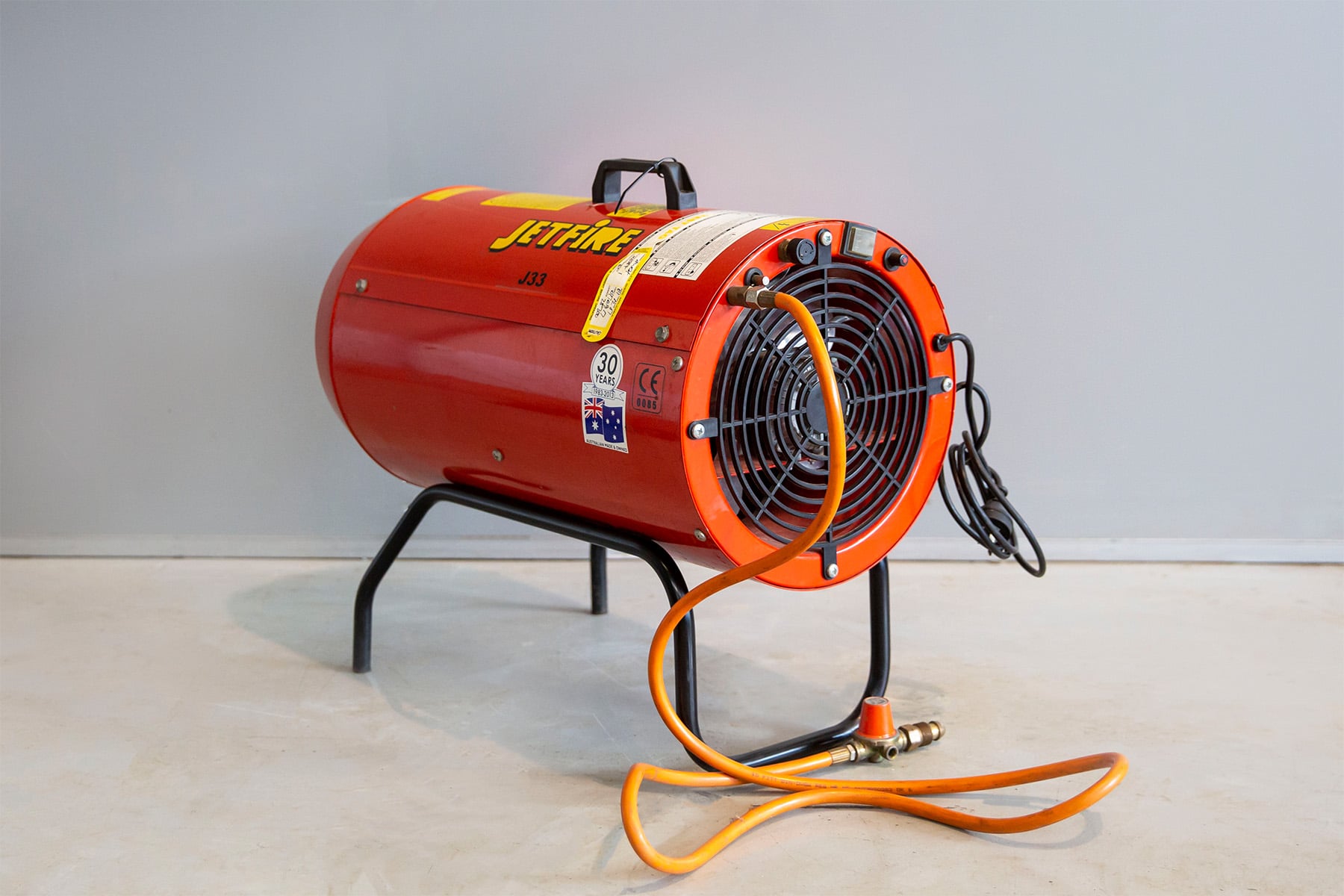
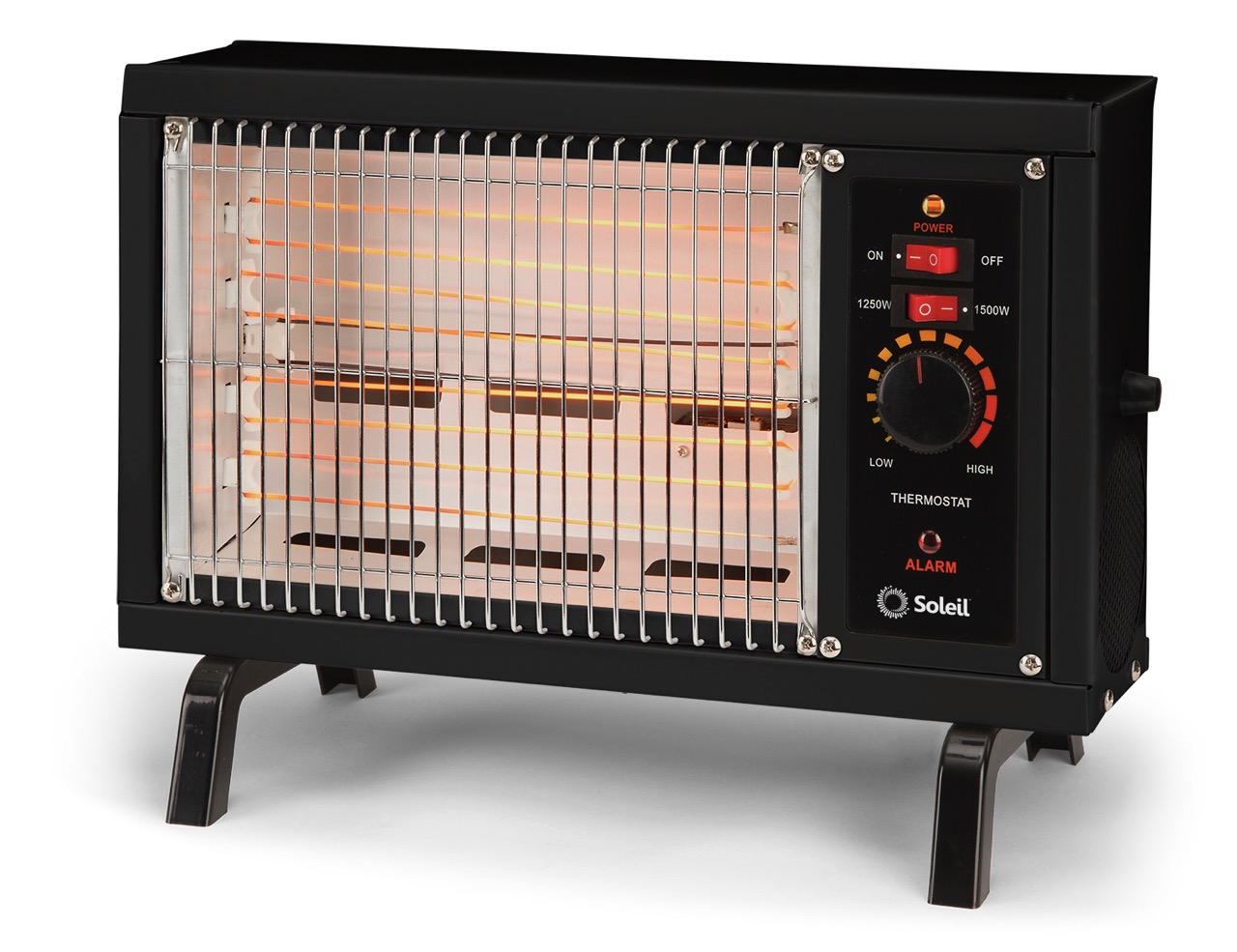
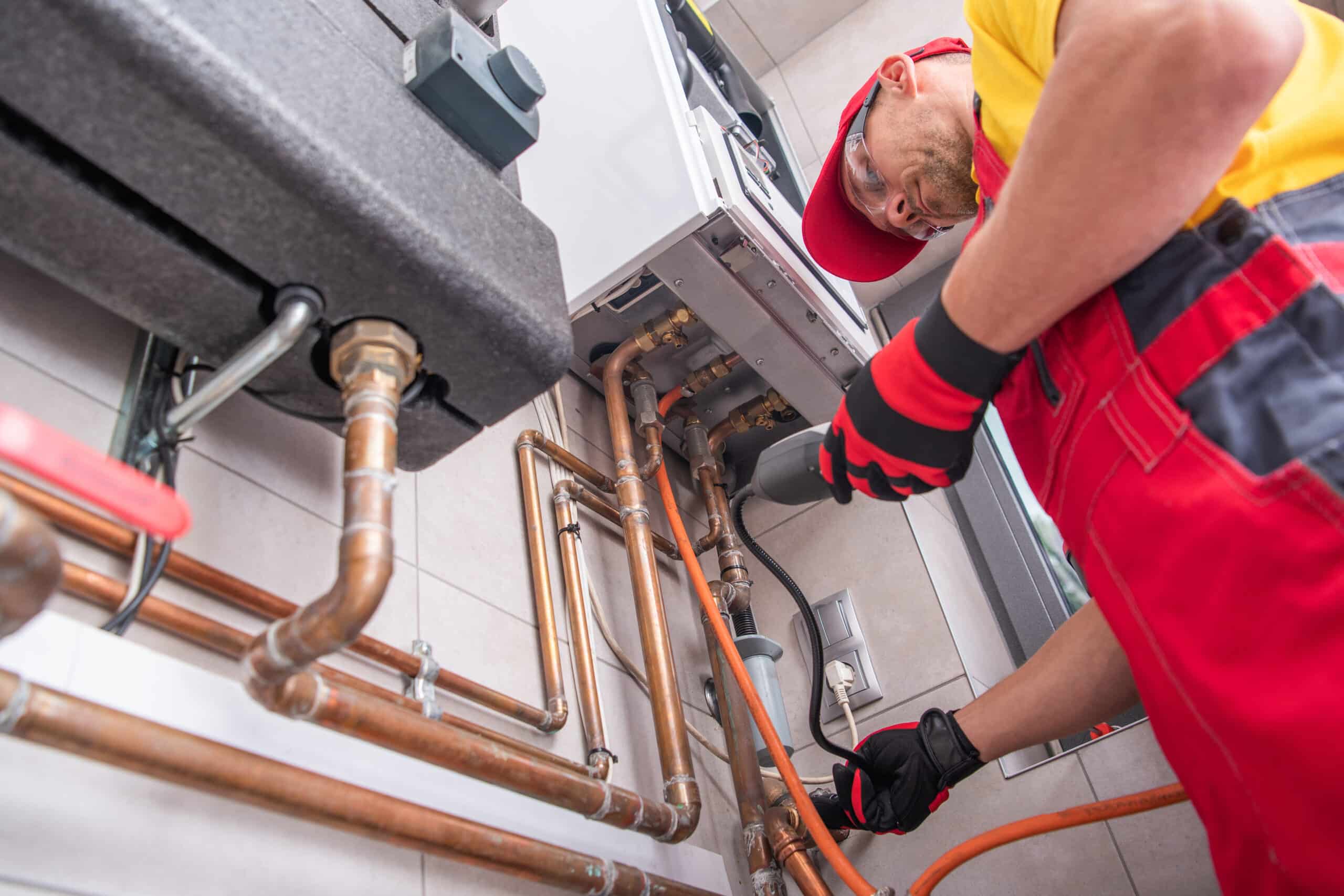
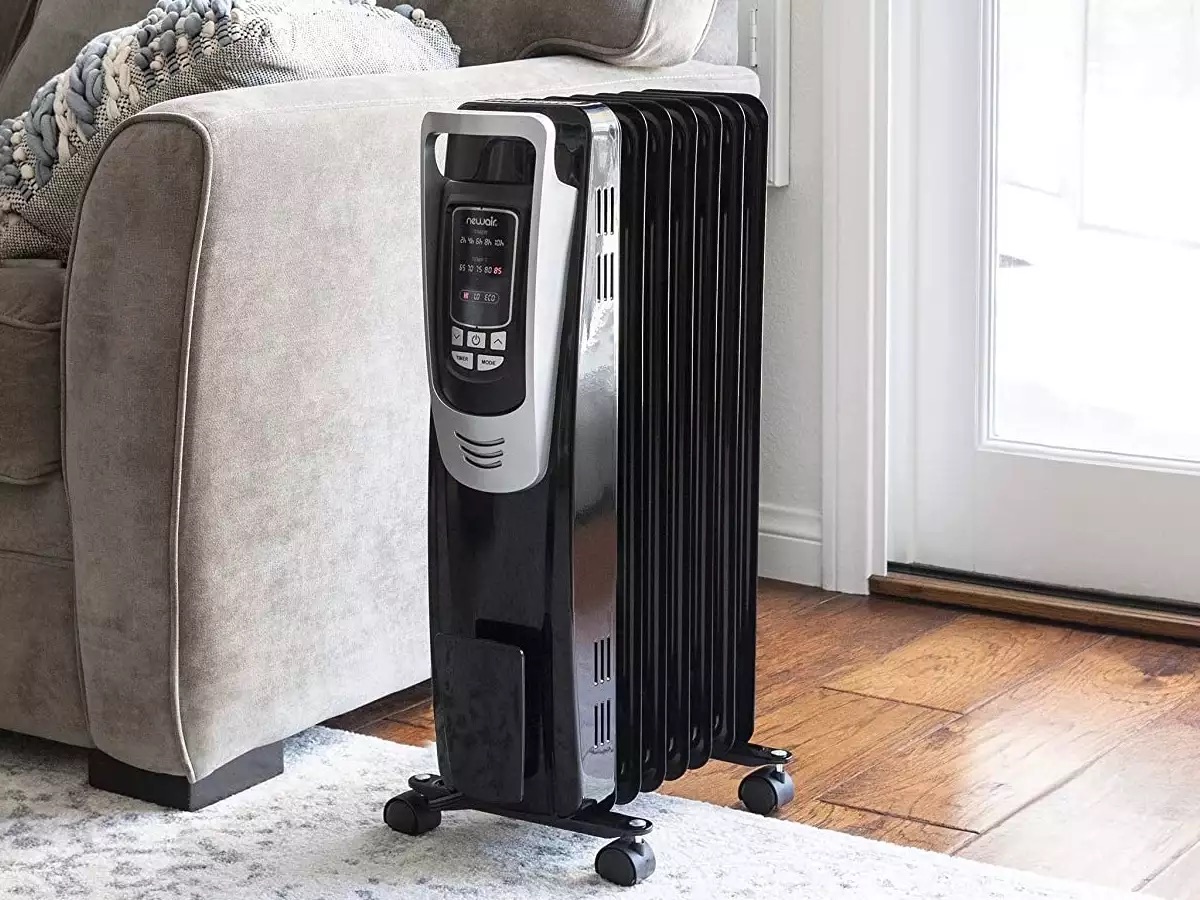
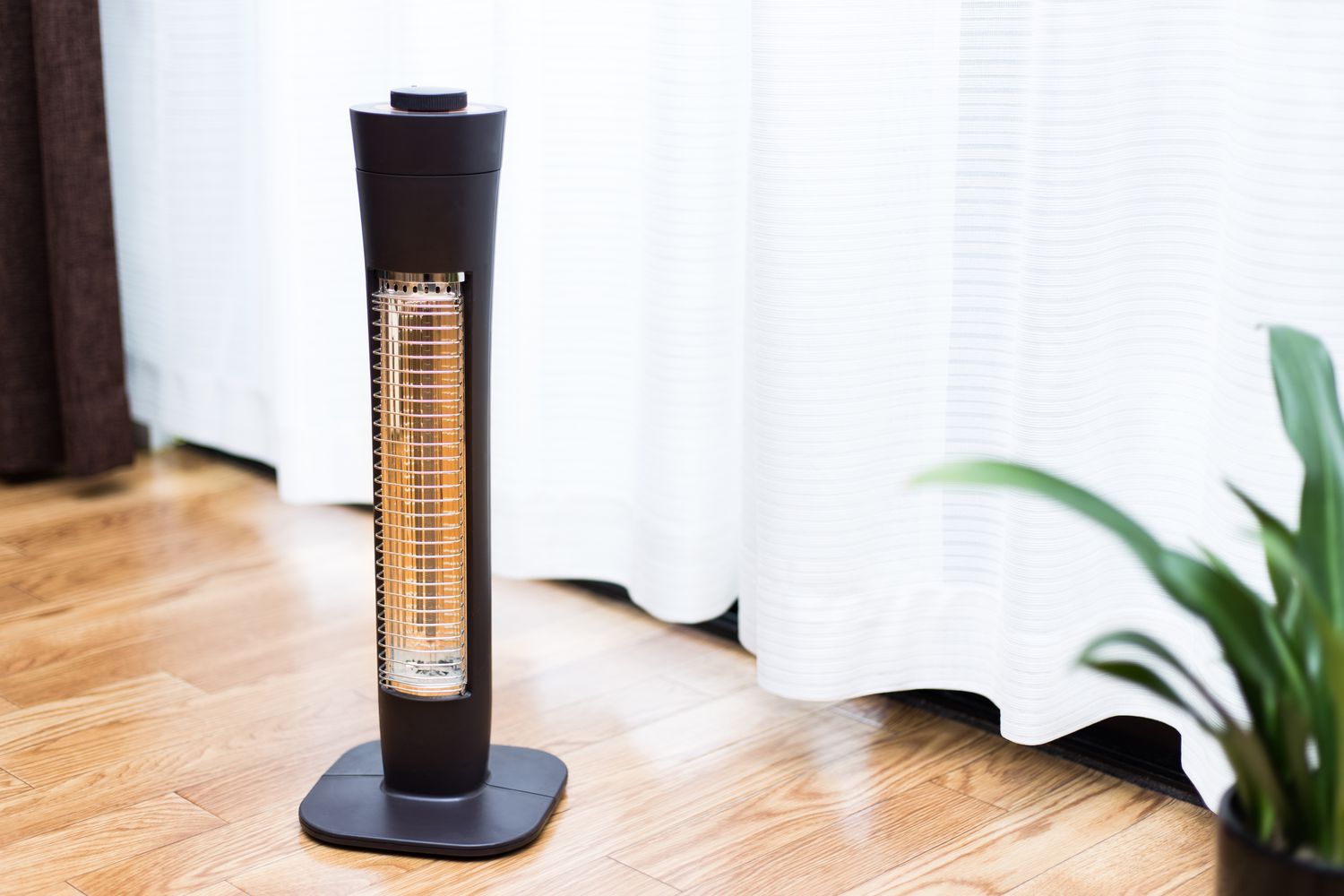
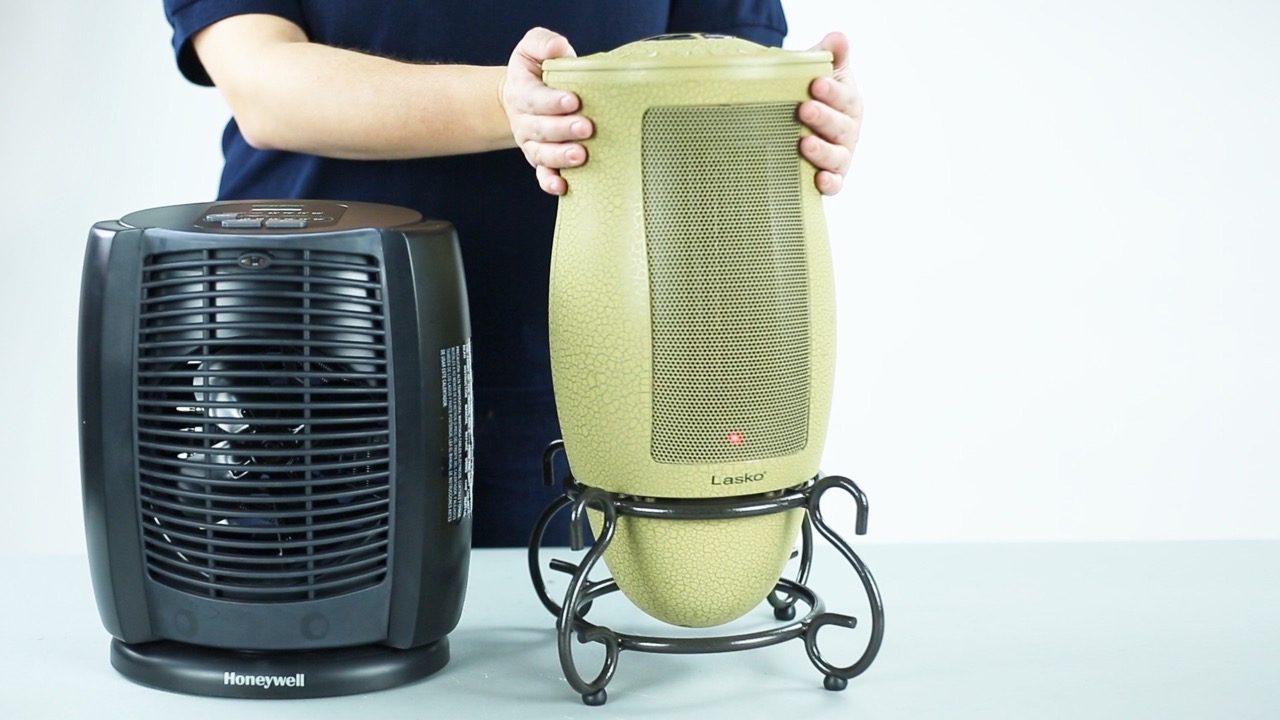
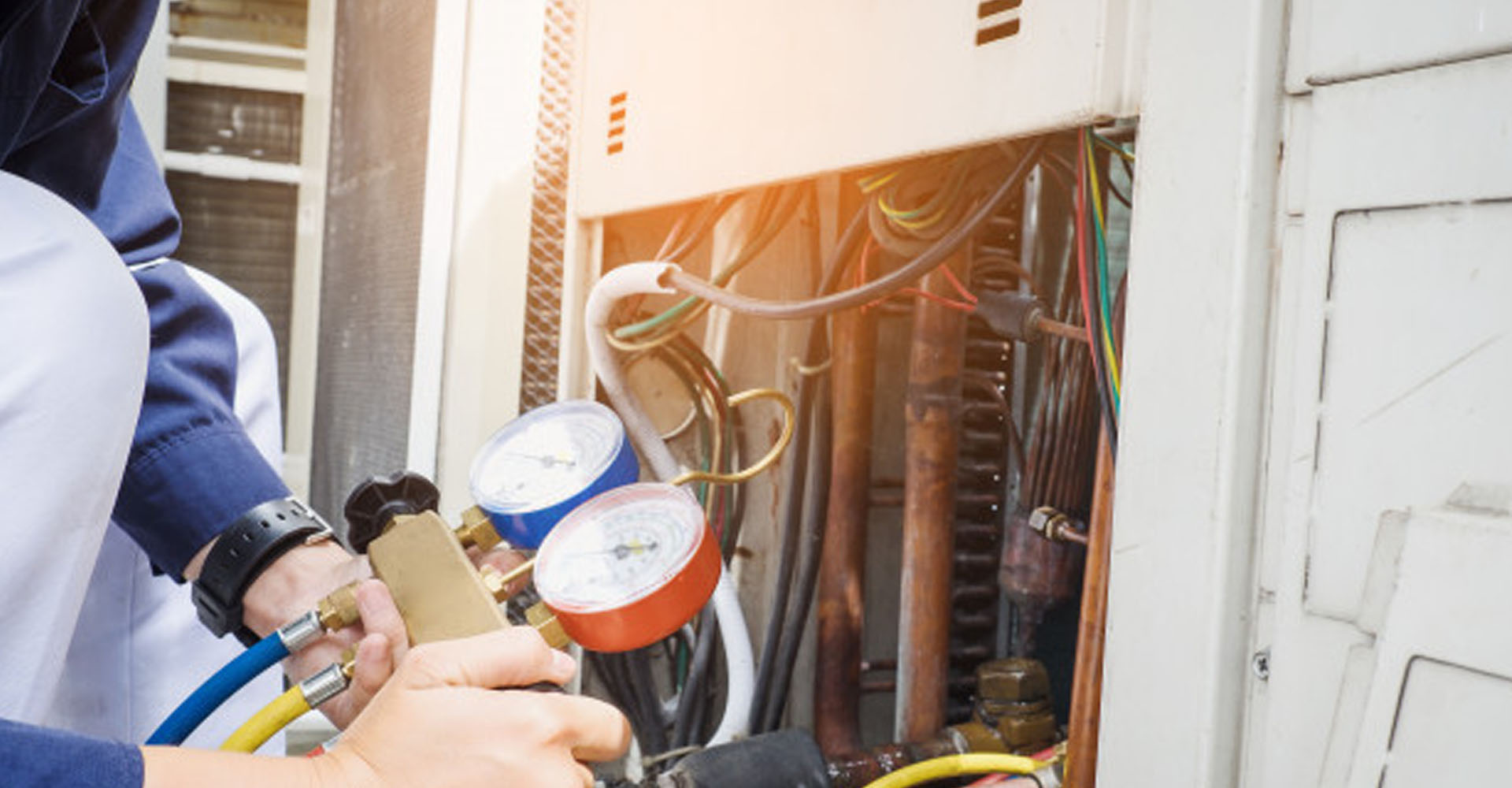

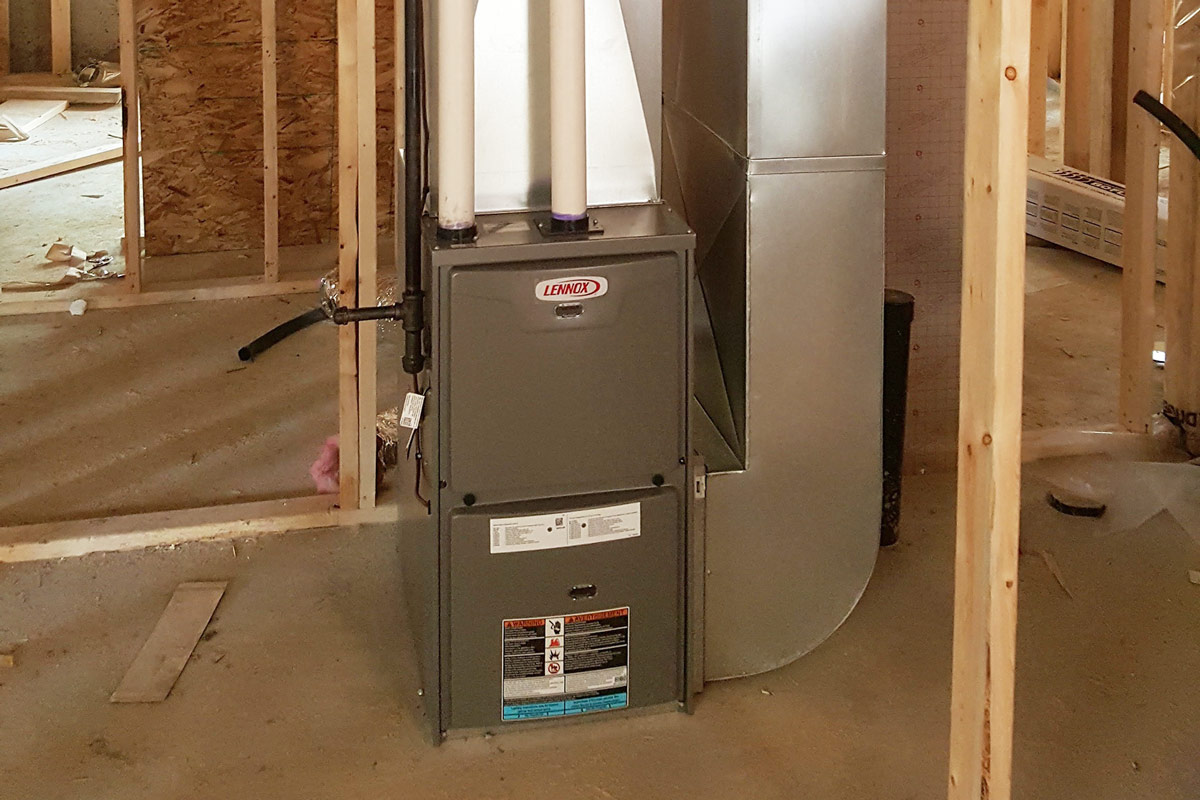

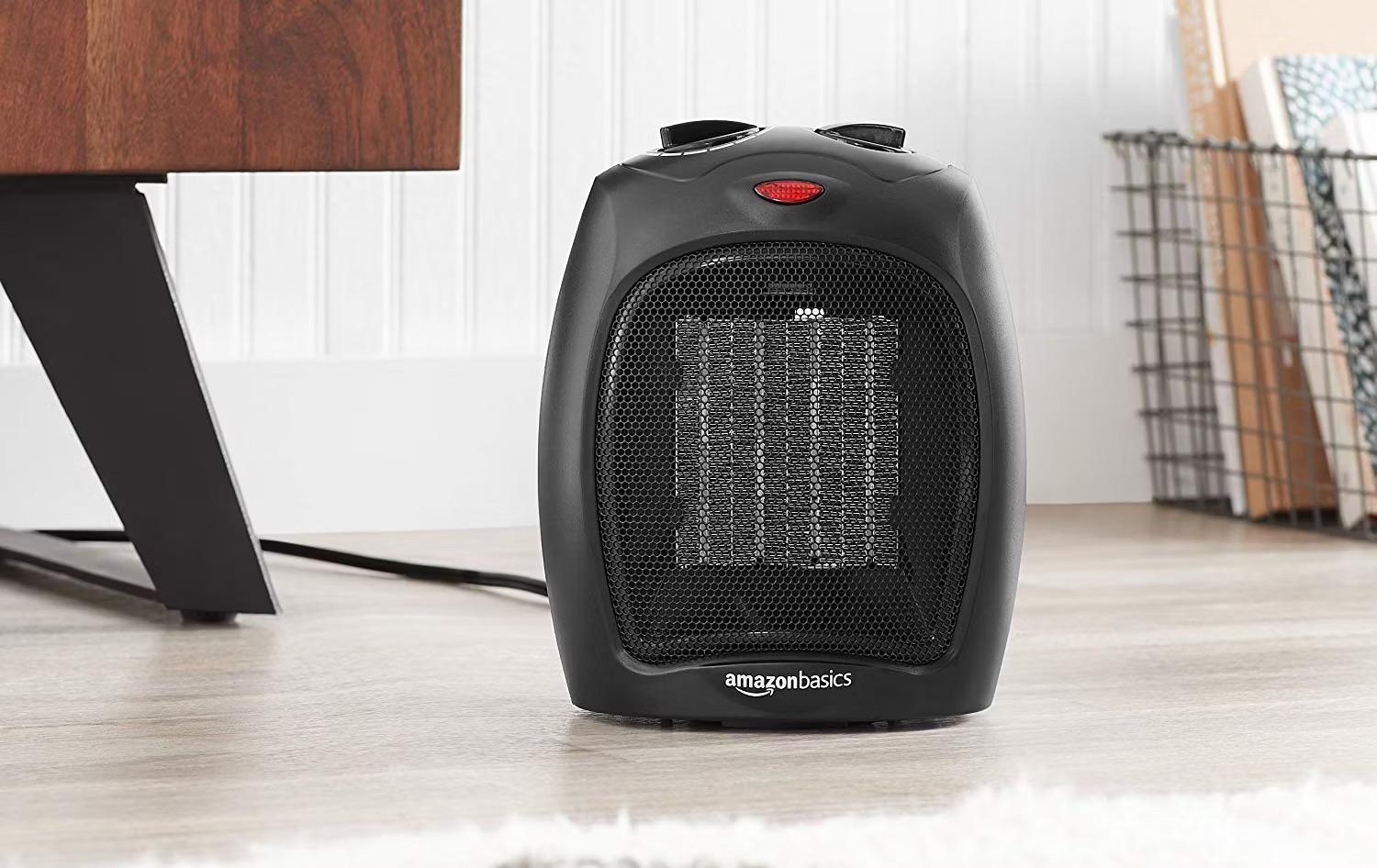


0 thoughts on “What Costs More: Space Heater Or Furnace?”